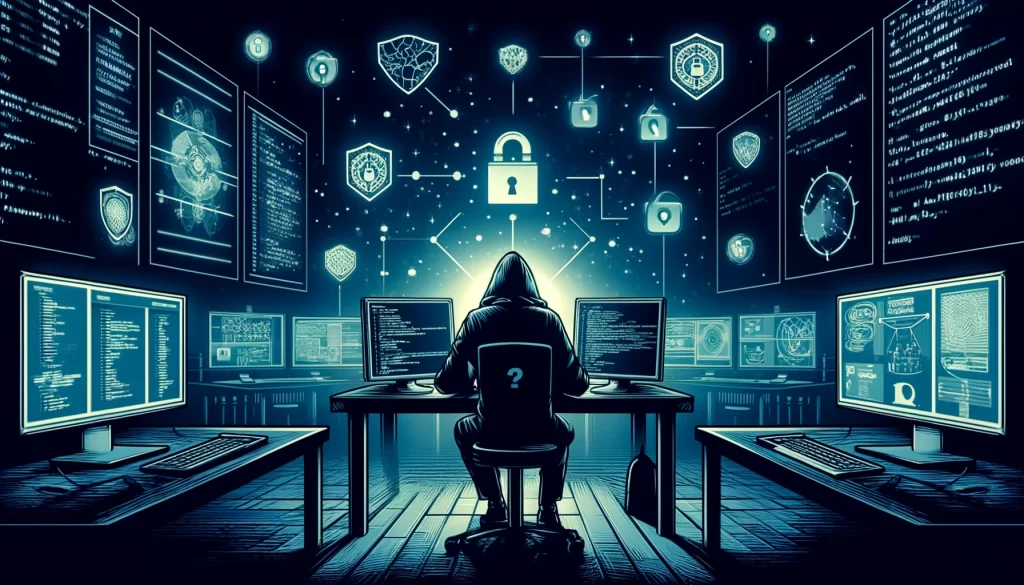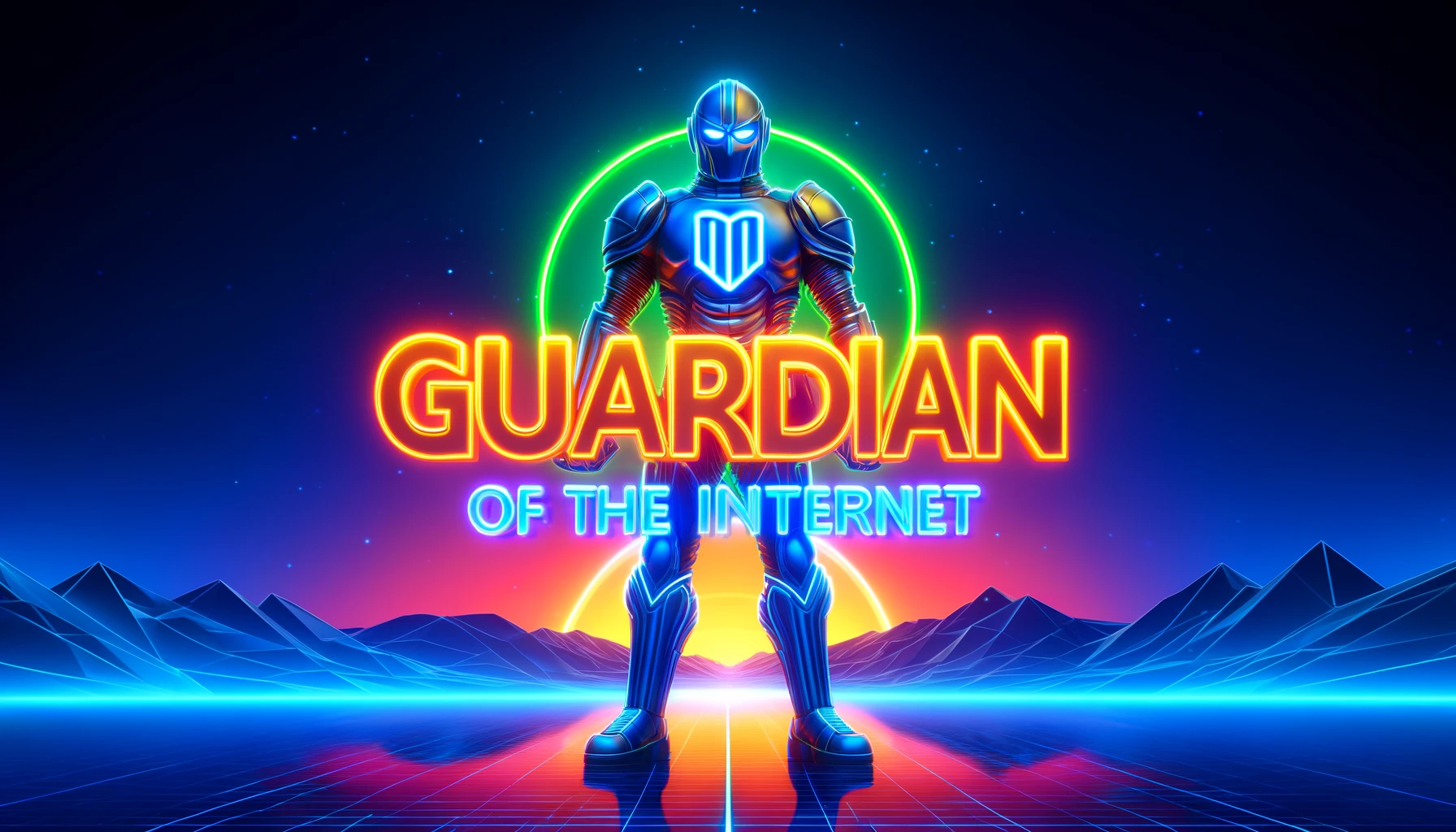When it comes to maintaining the internet, not everything operates as smoothly as one might think. Unlike the sleek interfaces and speedy connections we often take for granted, the underlying structure of the internet is more akin to a patchwork quilt, pieced together over decades of technological advancements. This digital tapestry is held together by what could be humorously described as the cyber equivalent of Scotch tape and bubble gum. At its core, much of the internet relies on open-source software, a kind of communal tech development where code is freely available for anyone to use, modify, and distribute.

The maintenance of this open-source infrastructure falls upon the shoulders of a dedicated group of volunteers. These programmers, often unrecognized and underappreciated, are the silent guardians of the internet. They tirelessly debug, patch, and update software to ensure that this colossal network, which underpins trillions of dollars in global GDP, remains functional and secure.
Recently, one of these guardians made headlines for preventing what could have been a catastrophic cyberattack. This individual, Andres Freund, a 38-year-old software engineer from San Francisco, inadvertently stumbled upon a critical vulnerability while working on PostgreSQL, an open-source database software. While his work might seem esoteric to the uninitiated, it’s foundational to the digital world’s infrastructure.
During a routine check, Freund discovered a backdoor—a secret entry point for hackers—in a piece of software integral to the Linux operating system. Linux is the backbone of the majority of the world’s servers, powering everything from banks to hospitals, making its security paramount. The discovery of this backdoor was not just a minor hiccup; it was a ticking time bomb that could have allowed hackers to launch devastating cyberattacks undetected.
Freund’s discovery sent shockwaves through the tech community. Leaders and cybersecurity experts lauded his diligence and skill. Even Satya Nadella, the CEO of Microsoft, praised Freund’s “curiosity and craftsmanship.” This recognition turned Freund into something of an internet folk hero, although he found the sudden attention disorienting, preferring the quiet focus of his coding work.
The backdoor Freund found was no ordinary bug; it was a vulnerability that could have given hackers access to millions of computers worldwide. Such a breach would have allowed the theft of private information, the spread of malware, and even disruptions to critical infrastructure, all without detection.
Freund’s journey to uncovering the backdoor began unassumingly. While on a flight back from Germany, battling the fog of jet lag, he reviewed logs from automated tests related to PostgreSQL. Amidst the mundane entries, a few error messages stood out, not because they were alarming at first glance, but because they were unfamiliar. Freund, with the meticulousness that characterizes seasoned programmers, filed these anomalies in his memory for later investigation.
Weeks passed before the puzzle pieces began to fit together. During a routine examination of system resources, Freund noticed an unusual spike in processing power attributed to SSH, a protocol allowing secure remote logins to computers. This anomaly led him to scrutinize a set of data compression tools known as xz Utils, suspecting a connection to the odd error messages he encountered earlier. His intuition, honed by years of experience, was correct. But the revelation was not merely a bug or a slip-up in coding; it was a deliberate act of tampering.
The backdoor Freund unearthed was a masterstroke of malfeasance. Hidden within the updates to xz Utils, this piece of malicious code was designed to hijack a user’s SSH connection, allowing an attacker to execute their commands on the victim’s computer surreptitiously. The implications were staggering: with SSH being a cornerstone of secure communication across countless systems worldwide, the backdoor represented a universal key to a kingdom of sensitive data and critical infrastructure.

What made the discovery even more extraordinary was the attacker’s method of concealment. The malicious code was not slapped together by an amateur; it was the work of someone who knew exactly how to evade detection. The code was meticulously crafted to blend in, adding layers of obfuscation that would make it nearly invisible to casual inspection. This level of sophistication suggested that the perpetrator was not a lone wolf but potentially backed by the resources and expertise of a nation-state.
According to some researchers who reviewed the attack, the attacker had embedded him/herself in the community under the pseudonym “Jia Tan,” contributing seemingly benign code over several years. This long game strategy allowed him/her to gain trust, eventually securing a position as a maintainer for xz Utils. From this vantage point, the attacker introduced the compromised code in a manner that seemed routine, all the while laying the groundwork for a cyberattack of unprecedented scale.
Freund’s response to his finding was swift and methodical. Doubting his initial discovery, given the enormity of its implications, he embarked on a rigorous verification process. The more he dug, the clearer it became: this was no false alarm. His subsequent actions, alerting the open-source community and helping to devise a fix, thwarted what could have been a digital catastrophe.
This article is based on the following article:
https://www.nytimes.com/2024/04/03/technology/prevent-cyberattack-linux.html

Background Information
With this foundational knowledge, readers can better appreciate the intricacies of the digital world we navigate daily. Understanding the continuous effort behind the scenes to maintain the security and functionality of our digital infrastructure is essential. The story of Andres Freund’s discovery is just one example of the ongoing battle between cybersecurity defenders and potential attackers in our interconnected world.
1. What is Open-Source Software?
Open-source software is a type of software whose source code is available for anyone to view, modify, and enhance. Unlike proprietary software, where the code is kept secret by its creators (think Microsoft Office), open-source projects invite programmers from all over the world to contribute and improve the software collaboratively. Examples include the Linux operating system, the Firefox web browser, and the Apache web server.
2. The Role of Linux in the Digital World
Linux is an open-source operating system, similar to Windows or macOS, but with a crucial difference: it’s free and collaboratively developed by volunteers worldwide. Its flexibility, stability, and cost-effectiveness have made it the backbone of many servers (computers that host websites, manage data, etc.), supercomputers, and even Android smartphones. Understanding Linux’s pivotal role helps us appreciate why a vulnerability in its components, like the one Freund discovered, could have widespread consequences.
3. Cybersecurity: The Art of Digital Protection
Cybersecurity involves protecting computers, servers, mobile devices, electronic systems, networks, and data from malicious attacks. It’s a critical field in our increasingly digital world, where threats can range from stealing personal information to crippling entire networks. Cybersecurity measures include antivirus software, firewalls, and more sophisticated techniques to thwart hackers.
4. Understanding Backdoors in Cybersecurity
A backdoor in a software or system is a secret pathway that bypasses security measures, allowing unauthorized access. Think of it like a hidden entrance into a fortified castle. Backdoors can be inserted maliciously by attackers to gain control, steal data, or launch further attacks. Detecting backdoors is challenging and requires deep technical expertise.
5. The Importance of Programmers and Maintainers in Open-Source Projects
In the realm of open-source software, programmers and maintainers play a crucial role. Programmers contribute code to the project, while maintainers review these contributions to ensure they’re beneficial and don’t introduce vulnerabilities. This collaborative effort ensures the software remains effective, secure, and free of malicious code. However, this system relies heavily on the trust and integrity of its participants.
6. The Global Impact of Cyberattacks
Cyberattacks are not just about stealing information from individuals. They can target the infrastructure of entire countries, disrupting healthcare, finance, and energy services. The potential damage from a widespread cyberattack, especially one leveraging a backdoor in widely used software like Linux, could be enormous, affecting millions of people and the global economy.
7. The Ever-Present Threat of Nation-State Cyber Warfare
While cybercriminals can be individuals or groups with malicious intent, nation-states can also engage in cyberattacks to spy on, disrupt, or sabotage other countries. These state-sponsored attacks are often well-funded and highly sophisticated, making them particularly dangerous and challenging to defend against.

Debate/Essay Questions
- Is the reliance on volunteer programmers for critical infrastructure software sustainable and safe?
- Does the discovery of a backdoor in a widely used open-source component undermine trust in open-source software as a whole?
- Is the concept of a ‘lone hero’ programmer, like Andres Freund, a reliable defense against cyber threats, or should there be more collaborative approaches to cybersecurity?
Please subscribe to Insight Fortnight, our biweekly newsletter!
